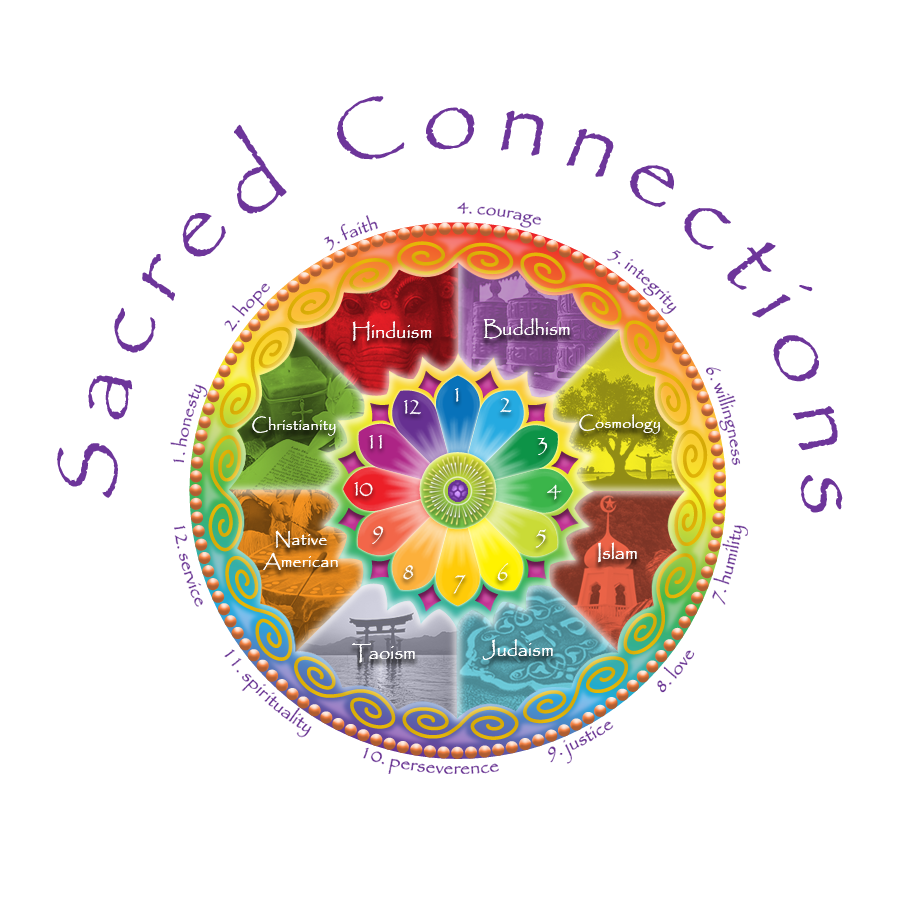Bill Wilson’s Gospel
by David Brooks
New York Times Op-Ed Columnist
Published June 28, 2010
On Dec. 14, 1934, a failed stockbroker named Bill Wilson was struggling with alcoholism at a New York City detox center. It was his fourth stay at the center and nothing had worked. This time, he tried a remedy called the belladonna cure — infusions of a hallucinogenic drug made from a poisonous plant — and he consulted a friend named Ebby Thacher, who told him to give up drinking and give his life over to the service of God.
Wilson was not a believer, but, later that night, at the end of his rope, he called out in his hospital room: “If there is a God, let Him show Himself! I am ready to do anything. Anything!”
As Wilson described it, a white light suffused his room and the presence of God appeared. “It seemed to me, in the mind’s eye, that I was on a mountain and that a wind not of air but of spirit was blowing,” he testified later. “And then it burst upon me that I was a free man.”
Wilson never touched alcohol again. He went on to help found Alcoholics Anonymous, which, 75 years later, has some 1.2 million members in 55,000 meeting groups, while 11,000 professional treatment centers employ the steps.
The movement is the subject of a smart and comprehensive essay by Brendan I. Koerner in the July 2010 issue of Wired magazine. The article is noteworthy not only because of the light it sheds on what we’ve learned about addiction, but for what it says about changing behavior more generally. Much of what we do in public policy is to try to get people to behave in their own long-term interests — to finish school, get married, avoid gangs, lose weight, save money. Because the soul is so complicated, much of what we do fails.
The first implication of Koerner’s essay is that we should get used to the idea that we will fail most of the time. Alcoholics Anonymous has stood the test of time. There are millions of people who fervently believed that its 12-step process saved their lives. Yet the majority, even a vast majority, of the people who enroll in the program do not succeed in it. People are idiosyncratic. There is no single program that successfully transforms most people most of the time.
The second implication is that we should get over the notion that we will someday crack the behavior code — that we will someday find a scientific method that will allow us to predict behavior and design reliable social programs. As Koerner notes, A.A. has been the subject of thousands of studies. Yet “no one has yet satisfactorily explained why some succeed in A.A. while others don’t, or even what percentage of alcoholics who try the steps will eventually become sober as a result.”
Each member of an A.A. group is distinct. Each group is distinct. Each moment is distinct. There is simply no way for social scientists to reduce this kind of complexity into equations and formula that can be replicated one place after another.
Nonetheless, we don’t have to be fatalistic about things. It is possible to design programs that will help some people some of the time. A.A. embodies some shrewd insights into human psychology.
In a culture that generally celebrates empowerment and self-esteem, A.A. begins with disempowerment. The goal is to get people to gain control over their lives, but it all begins with an act of surrender and an admission of weakness.
In a culture that thinks of itself as individualistic, A.A. relies on fellowship. The general idea is that people aren’t really captains of their own ship. Successful members become deeply intertwined with one another — learning, sharing, suffering and mentoring one another. Individual repair is a social effort.
In a world in which gurus try to carefully design and impose their ideas, Wilson surrendered control. He wrote down the famous steps and foundations, but A.A. allows each local group to form, adapt and innovate. There is less quality control. Some groups and leaders are great; some are terrible. But it also means that A.A. is decentralized, innovative and dynamic.
Alcoholics have a specific problem: they drink too much. But instead of addressing that problem with the psychic equivalent of a precision-guidance missile, Wilson set out to change people’s whole identities. He studied William James’s “The Varieties of Religious Experience.” He sought to arouse people’s spiritual aspirations rather than just appealing to rational cost-benefit analysis. His group would help people achieve broad spiritual awakenings, and abstinence from alcohol would be a byproduct of that larger salvation.
In the business of changing lives, the straight path is rarely the best one. A.A. illustrates that even in an age of scientific advance, it is still ancient insights into human nature that work best. Wilson built a remarkable organization on a nighttime spiritual epiphany.
